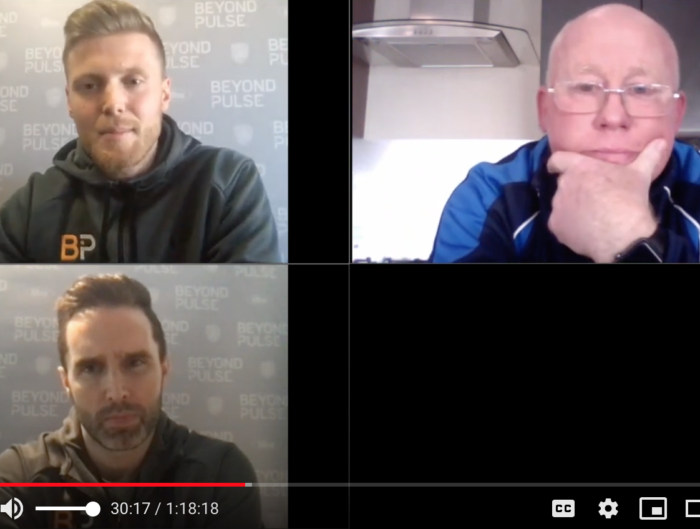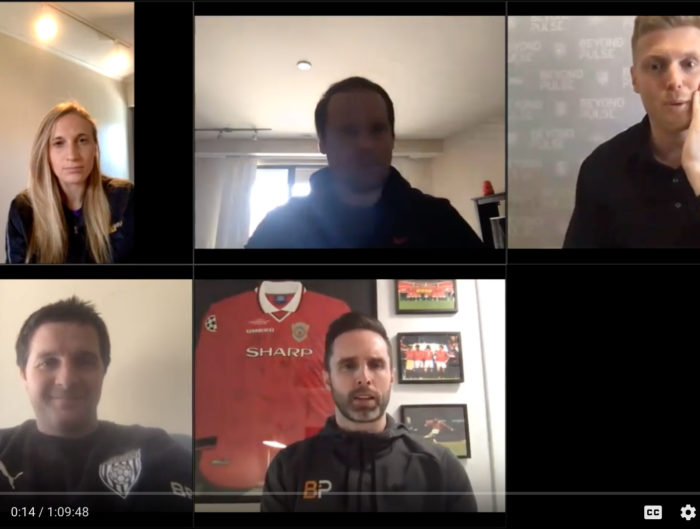A periodized training plan describes how a coach manipulates different training variables across time to bring about long term adaptations to biological/energy systems in a soccer specific way. Simply put, it is a way to gradually develop fitness while minimizing excessive amounts of fatigue accumulation. We want to avoid fatigue because it delays communication between the brain and body. This delay creates an environment where producing explosive actions (Sprinting, Jumping, Changing Direction, etc.) is compromised. In addition, this delay in communication (between the brain and body) puts players at an elevated risk of injury especially when placed in an unpredictable environment (the game itself)!
You may be thinking, “Ok I get that! Fatigue is basically the enemy of high intensity exercise. How can I achieve this goal of minimizing fatigue so more high intensity actions can be expressed in our training sessions and matches”? The answer to this question lies in the balancing of training VOLUME and training INTENSITY throughout your training cycles.
Definition:
Volume:
- Volume (distance, training duration, running meters covered at high speed levels, etc.) lays the foundation to maintain physical outputs.
- A good base (volume) allows individuals to handle activities of higher intensity with less risk.
Intensity:
- The effort required to produce an explosive action (example: sprinting)
- Intensity can also refer to the tempo/quality of your training session.
Example:
- High Volume + High Intensity= RISKY OVERLOAD = HIGH RISK IF DONE ON CONSECTIVE DAYS
- Low Volume + High Intensity=SAFE OVERLOAD=NECESSARY TO IMPROVE PERFORMANCE QUALITIES WITH LESS RISK
- High Volume + Low Intensity=MAINTENANCE=REQUIRED TO SUPPORT THE BODY TO REPEAT HIGH INTENSITY ACTIONS
What principles drive my planning?
- The higher the training volume the lower the intensity; likewise the higher the intensity the lower the training volume.
- Volume and intensity are variables that can be manipulated to ensure variations in training. These variations day-day/week-week/month-month drive adaptation when overload/underload are appropriately applied.
- Overload
- When players go beyond limits, they put the body in a damaged state. This damaged state is necessary to make improvements; however, without adequate time to recover from this damaged state it can quickly lead to performance decrements and increase injury risk.
- Adaptation/Supercompensation
-
- The process the body utilizes to repair itself from the overload. When this happens the body/systems become more resilient to the stress it just experience. This increased resiliency allows for more possibilities to play with a higher tempo, perform more explosive actions, etc.
- It’s important to note that adaptation doesn’t occur without adapt recovery from the overload stimulus!
Weekly Team Physical Periodization Examples:
Example 1: 3 Training Days + 1 Match Day

Example 2: 3 Training Days + 2 Match Day

The examples above reflect two different in-season weekly scenarios. Youth and collegiate weekly physical planning have many challenges secondary to fixture congestion. Often, players are unable to recover from an overload before being exposed to another overload (often matches can be on back to back days)! Physically this is not ideal and should be considered when the coach is planning his or her training week.

 FRA
FRA































